Finnish chief engineer Antti Karjalainen is the designer and project director of Nguyen Hoang Bridge (over the Perfume River, Hue City). He is also the co-author of many bridges with beautiful architecture in Vietnam such as Binh Bridge, Rao 2 Bridge (Hai Phong), Tran Thi Ly Bridge (Da Nang) and Ba Son Bridge (Thu Thiem 2 Bridge, Ho Chi Minh City), Cao Lanh Bridge (Dong Thap)...
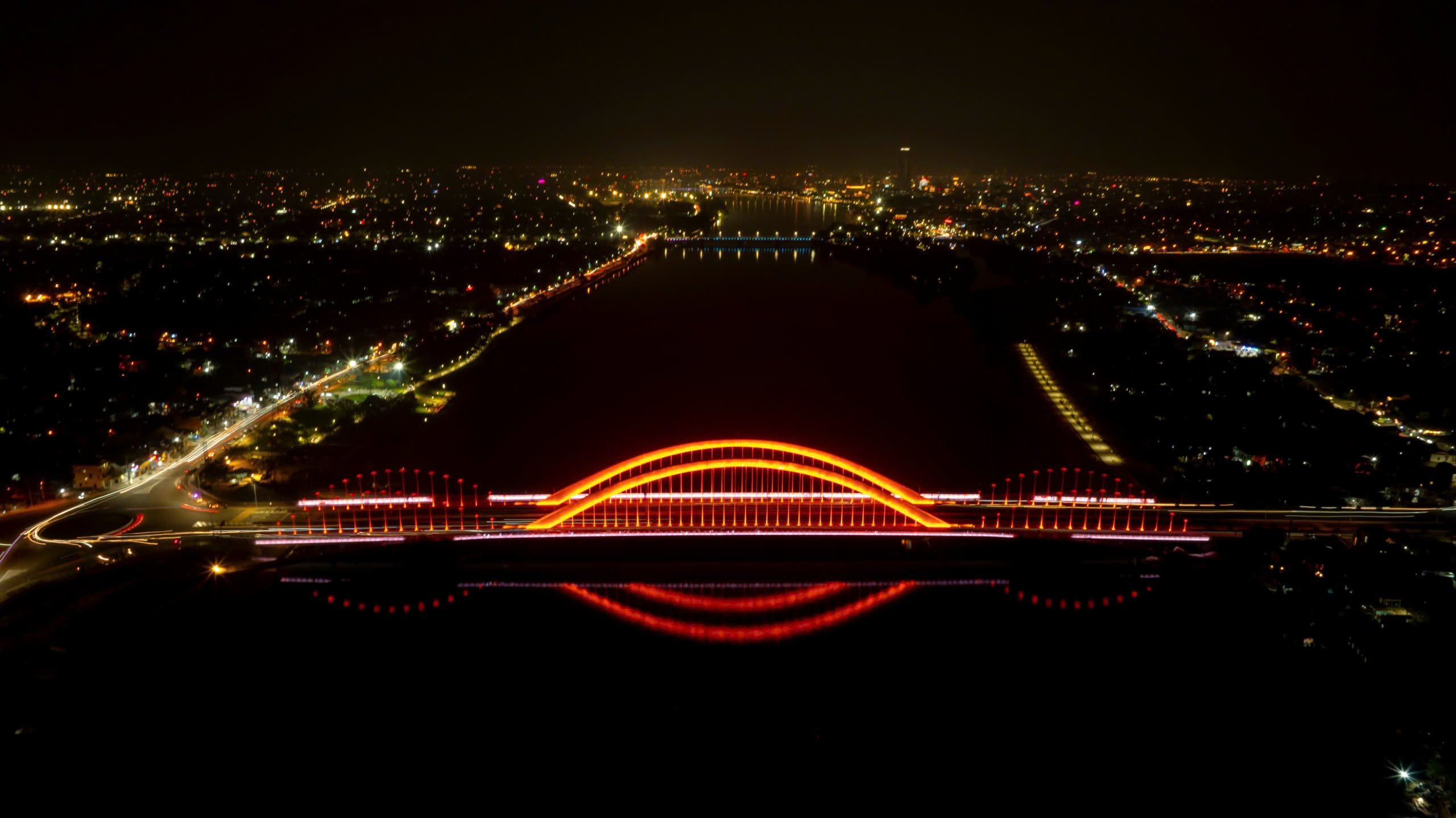 |
| Nguyen Hoang Bridge after being technically opened to traffic and put into use on March 26. Photo: Hoai Nhan |
Answering our question about the initial idea when starting to design Nguyen Hoang Bridge, “You might wonder if architectural miracles can happen overnight,” says Antti Karjalainen. “Is it purely intuition, or does history and culture guide every stroke of the pen on paper? How do you create a winning design that resonates with the soul of a city?”
I still remember vividly the invitation to participate in the design competition for the iconic Nguyen Hoang Bridge (over the Perfume River) in Hue City in 2018. My first thought? Hue is not a typical modern skyline. The city, with its historic charm, required a design that respected the past while looking to the future. High-rise buildings and imposing bridges would not fit in with the landscape of elegant, low-rise structures. Dominating the skyline? Not an option! And here comes the fun part.
It was July 12, 2018, and I felt the need to escape from the work grind. So I grabbed my notebook, the good old paper, and headed to my favorite coffee shop in Saigon, not far from our office. Just a pen and a hot cup of black coffee – seriously, you should try it! I let my mind wander. I started sketching, first a suspension arch bridge, then a cable-stayed bridge, an extradosed bridge, and then I realized: I was back to the single-span suspension arch sketch. The first doodle that caught my imagination was like a bird in flight – an elegant “bird in flight” arch. That’s when everything started to connect.”
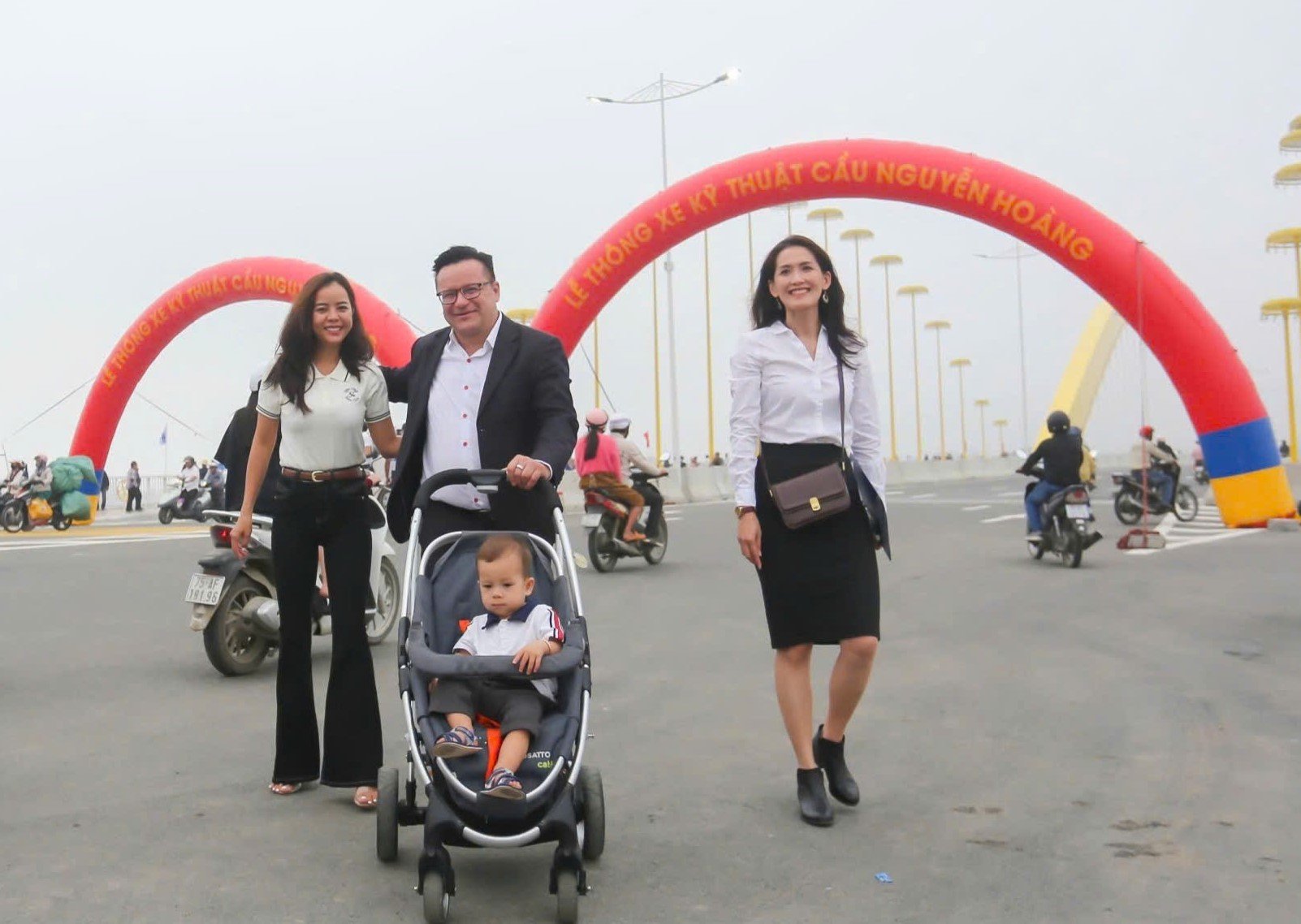 |
| Finnish chief engineer Antti Karjalainen, designer and project director of Nguyen Hoang Bridge, and his wife and children rejoiced on the day of the technical opening. Photo: Hoai Nhan |
And how did the bridge drawing come about?
Mr. Antti Karjalainen: There is a bit of legend woven into this bridge. The bridge is not just a structure. It is a storyteller. Learning about the history of Hue, we learned that, according to legend, when Lord Nguyen Hoang, the first Nguyen Lord, came to guard Thuan Hoa, he traveled along the Perfume River in search of a place to build his heritage (Capital - Editor's note). He discovered a hill shaped like a dragon looking back, a sacred place, where Thien Mu Pagoda was later built. Local legend tells of a crane, a mythical bird symbolizing longevity and wisdom, often appearing in Vietnamese temples, connecting the natural and spiritual worlds. These stories inspired the design of “Cranes Adorning Thien Mu,” with the arches of the bridge symbolizing the wings of a crane, its graceful body flying over the river, towards Thien Mu Pagoda.
Warm, royal yellow – the color of kings – was chosen to decorate the bridge, symbolizing power and honoring Hue’s royal history. Even the “V” shaped pillars represent a flock of cranes, their wings spread wide, gathered in harmony at this sacred site. After many late nights and countless cups of coffee, as well as discussions with our teammates and local partners, we arrived at the final design: a suspended arch bridge that “flies in flight” in harmony with Hue’s rich history. It is a perfect combination, like a timeless dance between old and new. The design tells a story, connecting the past to the future through graceful curves and resplendent royal golden arches, reflecting the city’s imperial heritage.
In the field of bridge and road construction, design is not simply about creating form but is a synthesis of technical, structural, aesthetic and local conditions. The fact that many bridges in the world or in the same country have similar shapes cannot be considered as “copying” or “stealing ideas”. Bridge construction techniques in the world today commonly include structures such as girder bridges, arch bridges, cable-stayed bridges, suspension bridges, etc. These are bridge structures that have proven effective over time and have become standard solutions. These structures are not “invented exclusively” by anyone, but are the result of hundreds of years of research, application and optimization in the construction engineering industry. Therefore, when choosing the type of bridge (such as Nguyen Hoang arch bridge), it is necessary to comply with standard technical principles and creativity is recorded in details adapted to specific conditions: span length, load, geological conditions and economic factors and cultural characteristics of each locality. Each bridge, although it may share a common structural form, is still independent in terms of design. Details such as the shape of the tower, the structure of the bridge deck, the combination of materials, the way it connects to the urban landscape – are where the design thinking and creativity of the engineer and architect are expressed. Therefore, concluding that a bridge is a “copy” or “copy” based solely on the similarity in structural form is an assessment that lacks professional basis and does not accurately reflect the practical design of the project. Dr. Dang Thanh Phu, Vice President of the Union of Science and Technology Associations of Hue City |
How were the royal seals on Nguyen Hoang bridge made?
Mr. Antti Karjalainen: Inspired by the glorious past of the Nguyen Dynasty, the elegance of the flamingo and the symbolic power of the royal yellow, the architectural concept of the bridge reflects the harmony between nature, tradition and modernity. The structure of the bridge reflects the dignity and authority of the Vietnamese kings, especially their close connection with the natural beauty and spirit of the Perfume River. The royal yellow used throughout the design of the bridge symbolizes the continuity of cultural heritage.
Another important inspiration for the Nguyen Hoang Bridge is the elegant flamingo, a bird that has long been admired in Vietnamese culture and folklore. The flamingo, often seen as a symbol of grace, balance and beauty, fits perfectly with the design concept of the bridge. The curves of the bridge are designed to be soft, simulating the shape of the bird's long, slender neck.
Flamingos, creating an organic structure in harmony with the natural landscape of the Perfume River. The delicate arches evoke the graceful appearance of the bird, both beautiful and powerful. At night, the bridge will glow with warm yellow lights, recreating the image of graceful flamingos reflecting on the water surface, creating a dreamy atmosphere, honoring the natural beauty of this bird and the peace of the Perfume River.
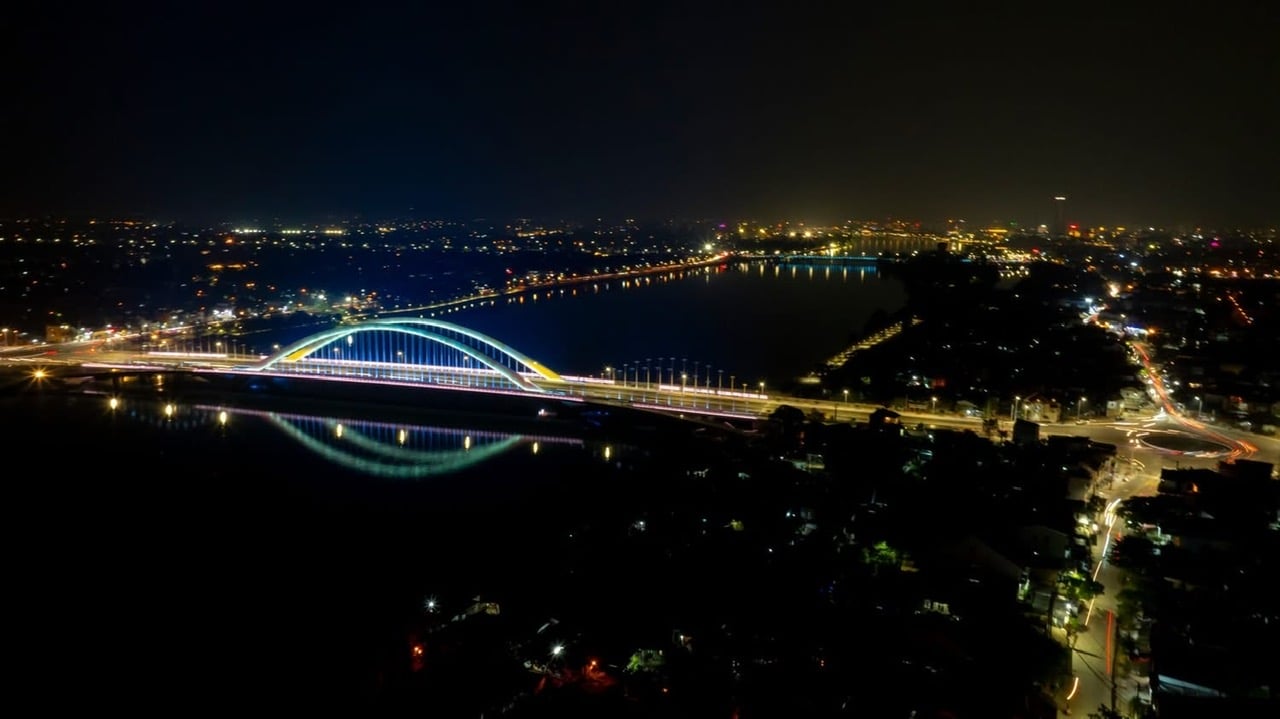 |
| The Finnish designer believes that Hue is changing every day, the bridge will contribute to the city's development. Photo: Dinh Hoang |
Can you tell us about the design innovations of Nguyen Hoang Bridge compared to similar bridges in the world?
Mr. Antti Karjalainen: The original design of the bridge Nguyen Hoang was selected through a competitive architectural design competition. The winning design was a suspension arch bridge, with two separate arches spanning 180 metres. This design allowed for a low, slender arch shape that blends in with the natural beauty of the surrounding river landscape. The winning design went through several stages of development, including input from Hue City authorities and technical refinements.
Technically, the bridge is designed to meet modern traffic demands while maintaining aesthetic integrity. The main span of the bridge, a 180-meter-long arch, is supported by steel suspension cables spaced at 4-meter intervals, creating a structure that is both elegant and sturdy. The arch height to span ratio of 5.2 has been optimized for both visual impact and structural efficiency, creating a balanced and graceful form.
The steel girder and concrete design enhances the bridge’s strength and load-bearing capacity. The main and approach spans are carefully designed to ensure continuity while reducing complexity during construction. The deck is wide enough to accommodate six car lanes, two motorcycle lanes and a pedestrian walkway, ensuring that the bridge is not only aesthetically pleasing but also highly functional.
A number of innovative engineering solutions have been incorporated into the Nguyen Hoang Bridge over the Perfume River to ensure structural integrity and longevity. The steel arches, designed as a moment-free parabolic shape, minimise bending moments under permanent loads, allowing for optimal use of steel without compromising strength. The arch and cable suspension systems have been rigorously tested under a variety of load combinations, including wind, traffic and earthquake forces, ensuring the bridge meets stringent safety standards. Particular attention has been paid to the dynamic impacts of sudden or unexpected cable loss, with systems designed to mitigate these risks.
The bridge is designed for ease of maintenance, with provision for replacement of suspension cables and inspection of expansion joints and bearings. The combination of aesthetic sophistication, technical innovation and environmental awareness makes the Nguyen Hoang Bridge on the Perfume River a testament to the possibilities of modern bridge design.
"I am very happy because the bridge basically follows the design, including the overall details such as handrails, patterns... The ideas and first drawings of this project were done by me a long time ago, before the Covid-19 pandemic, now the bridge is completed, I am very proud and happy", said Mr. Antti Karjalainen, present at the technical opening ceremony of Nguyen Hoang bridge.
Mr. Antti Karjalainen added that he has a Vietnamese wife, so being able to contribute to Hue having more beautiful works makes him even happier. The Finnish designer believes that Hue is changing every day, the bridge will contribute to the development of the city.
Nguyen Hoang Bridge belongs to the Nguyen Hoang Road and Huong River Overpass Project with a total investment of over VND 2,281 billion. Of which, phase 1 is over VND 1,855 billion from the central and local budgets. The architectural plan of Nguyen Hoang Bridge was selected for construction investment by the consortium of WSP Finland Co., Ltd. and E&R Engineering Consulting Joint Stock Company (headquartered in Nam Tu Liem District, Hanoi) and won first prize at the Huong River Overpass Architectural Design Competition (organized by the People's Committee of Thua Thien - Hue Province, now Hue City). WSP Finland Consulting is a member of WSP Global (a multinational consulting group and one of the largest consulting groups in the world) specializing in bridge design consulting, especially bridges with beautiful architecture and high technology. The bridges that WSP Finland has designed in Vietnam are all bridges with beautiful and unique architecture such as Binh Bridge, Rao 2 Bridge (Hai Phong), Tran Thi Ly Bridge (Da Nang) and Ba Son Bridge (Binh Trieu 2 Bridge, Ho Chi Minh City). For WSP in general and WSP Finland in particular, the issue of copyright is always highly valued and absolutely respected, so the ideas they come up with are unique and cannot be copied from any other project in the world. WSP is a multinational consulting group and one of the largest consulting groups in the world. WSP Finland Consulting is a member of WSP Global, and specializes in bridge design consulting, especially bridges with beautiful architecture and high technology. The bridges that WSP Finland has designed in Vietnam are all bridges with beautiful and unique architecture in Vietnam (and possibly in the world) such as Binh Bridge, Rao 2 Bridge in Hai Phong, Tran Thi Ly Bridge in Da Nang and Ba Son Bridge in Ho Chi Minh City. For WSP in general and WSP Finland in particular, the issue of copyright is always highly valued and absolutely respected, so the ideas they come up with are unique and cannot be copied from any other project in the world. Some people say that Nguyen Hoang Bridge has many similarities with some bridges, but in fact the similarities are entirely due to the results. child (required) of this type of arch bridge. In addition, there are many differences that only Nguyen Hoang Bridge has, such as a separate arch without a crossbar, the patterns on the bridge railing are inspired by the royal court and especially the 60 decorative parasols bearing the Royal Palace mark, creating a unique feature of Hue. Mr. Nguyen Van Lam - General Director of Traffic Engineering and Architecture Consulting Joint Stock Company Co-author of architectural plan/ Head of Feasibility Study Report/ Co-head of technical design of the project |
Source: https://huengaynay.vn/kinh-te/chuyen-gia-va-tac-gia-noi-gi-ve-diem-nhan-thiet-ke-cau-vom-nguyen-hoang-152147.html


![[Photo] Prime Minister Pham Minh Chinh meets with King Philippe of Belgium](https://vstatic.vietnam.vn/vietnam/resource/IMAGE/2025/4/1/be2f9ad3b17843b9b8f8dee6f2d227e7)


![[Photo] Close-up of Vietnam's sniffer dog team searching for earthquake victims in Myanmar](https://vstatic.vietnam.vn/vietnam/resource/IMAGE/2025/4/1/d4949a0510ba40af93a15359b5450df2)
![[Photo] General Secretary To Lam receives King Philippe of Belgium](https://vstatic.vietnam.vn/vietnam/resource/IMAGE/2025/4/1/e5963137a0c9428dabb93bdb34b86d7c)
![[Photo] President Luong Cuong and King Philippe of Belgium visit Thang Long Imperial Citadel](https://vstatic.vietnam.vn/vietnam/resource/IMAGE/2025/4/1/cb080a6652f84a1291edc3d2ee50f631)

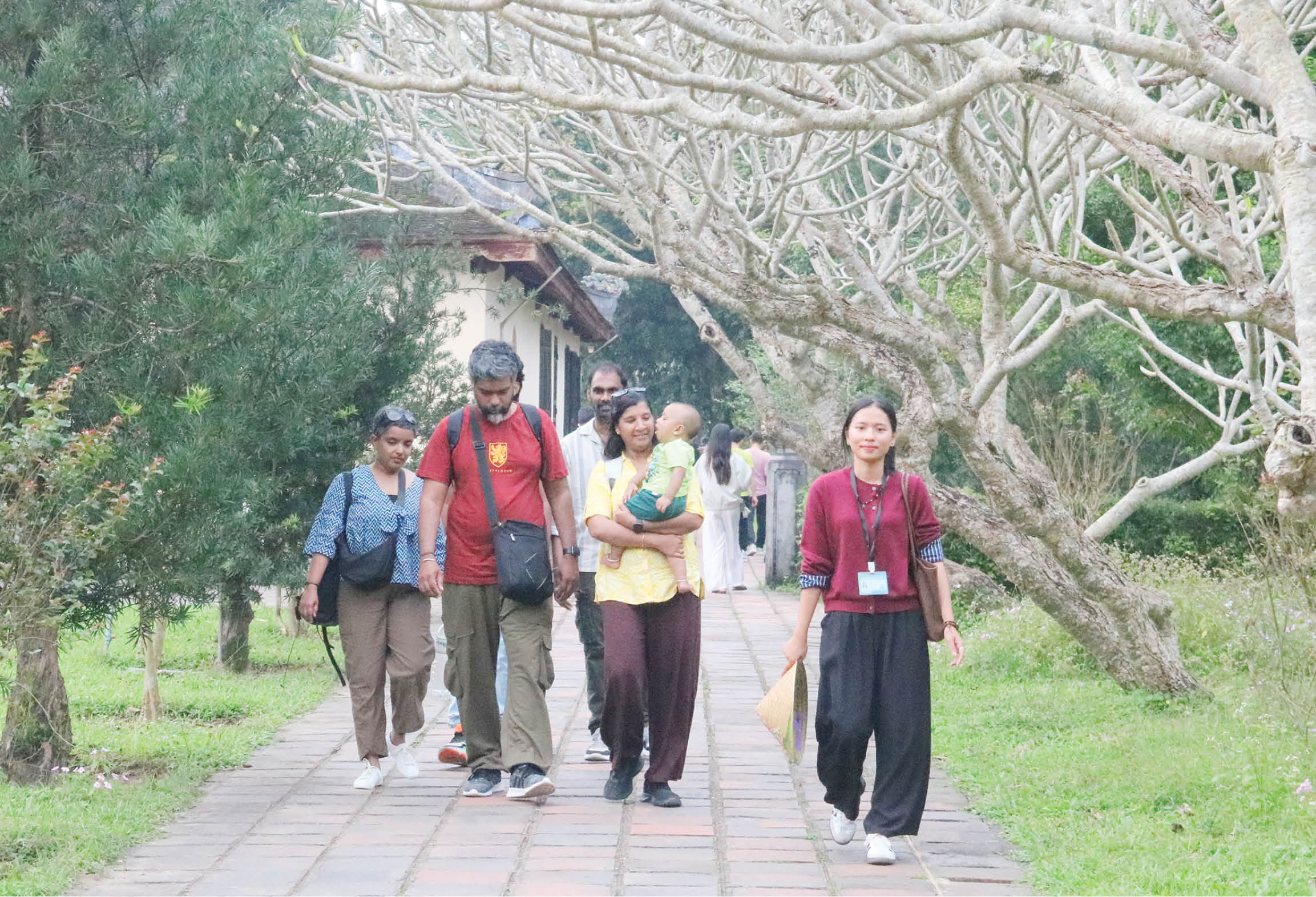

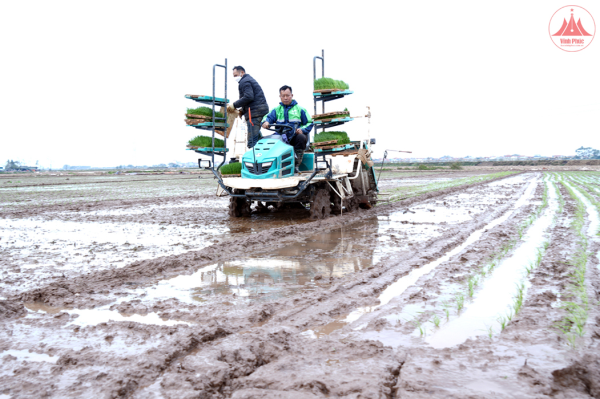
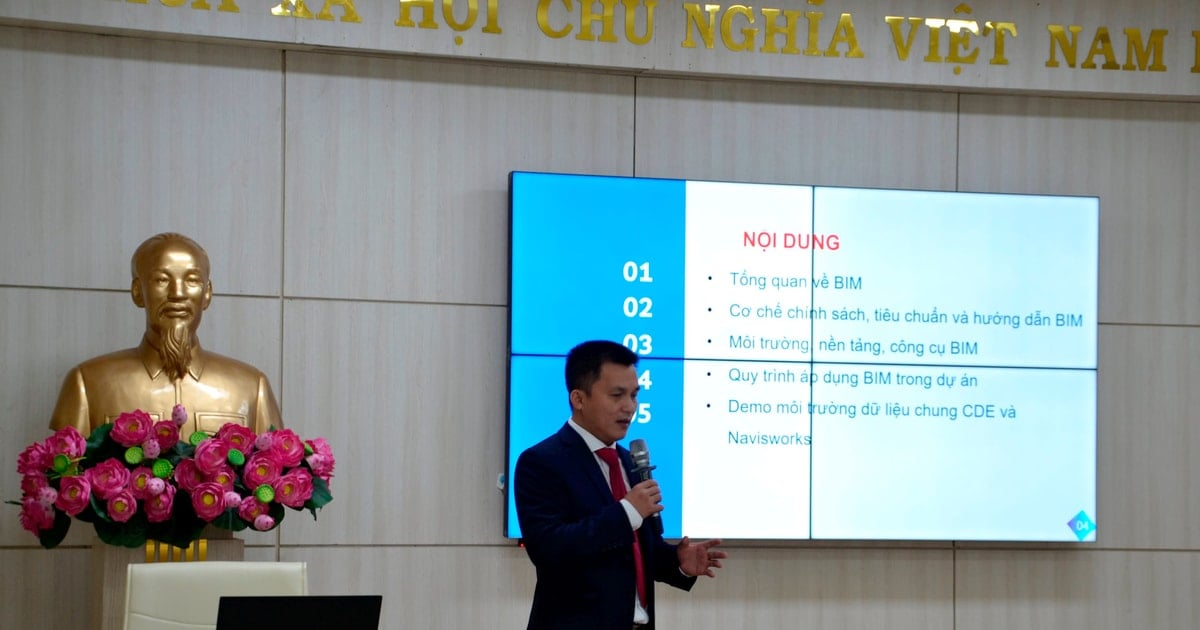
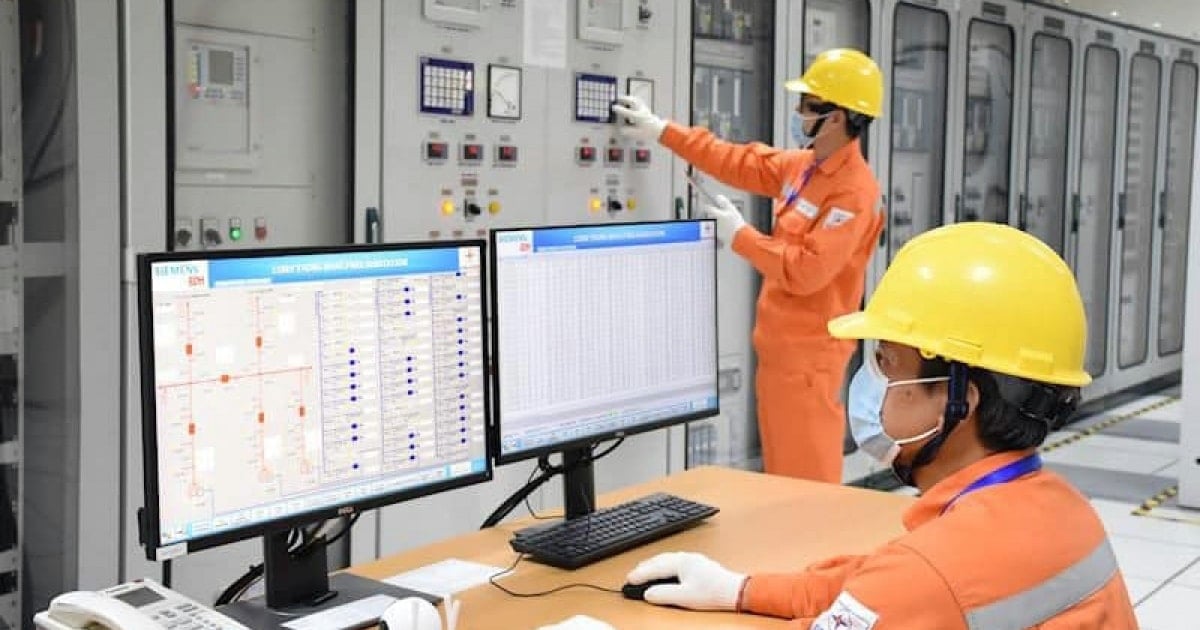






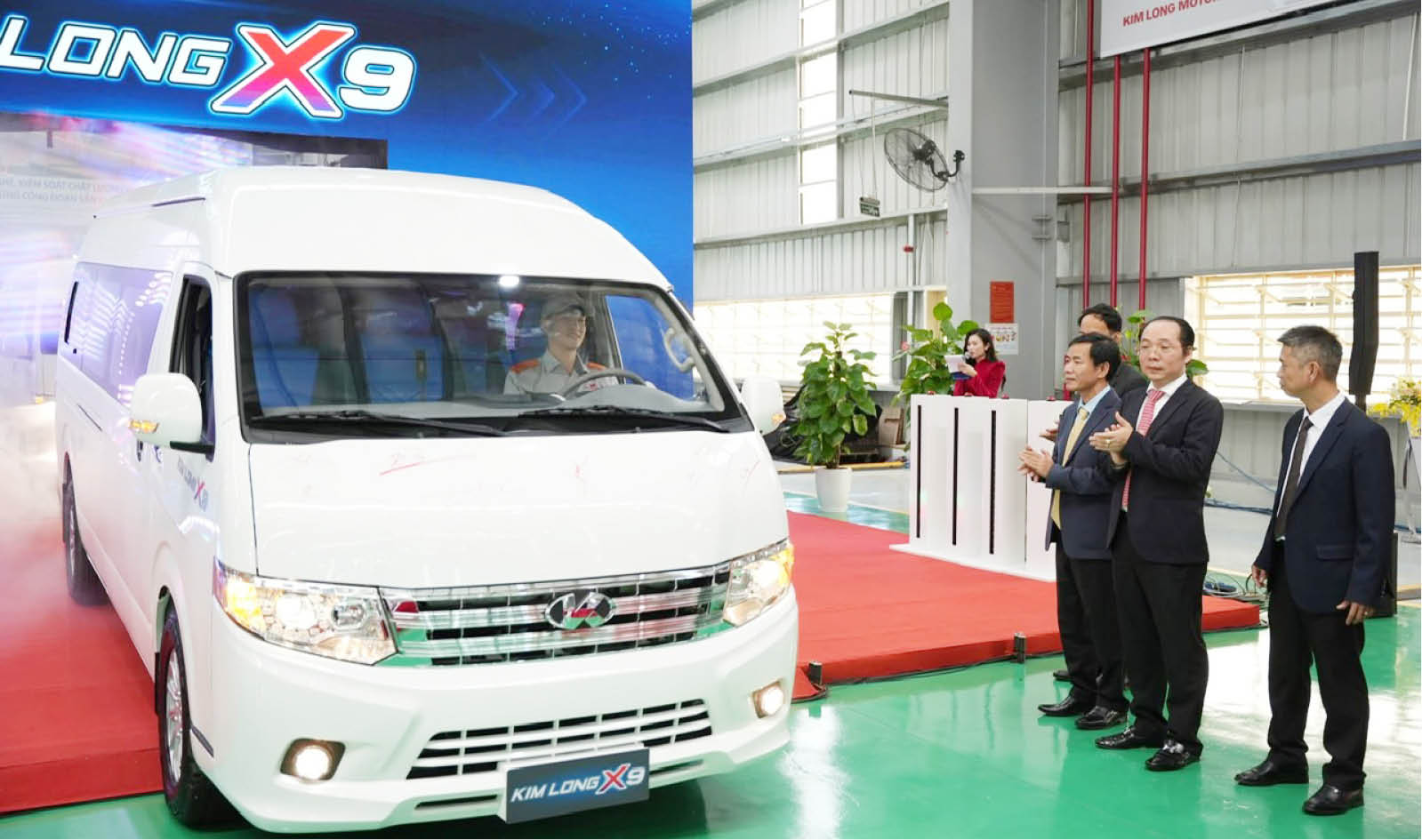
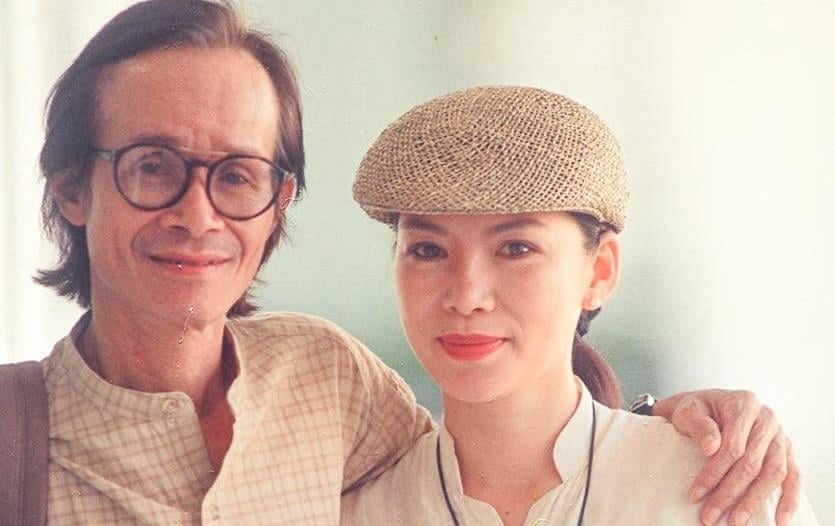

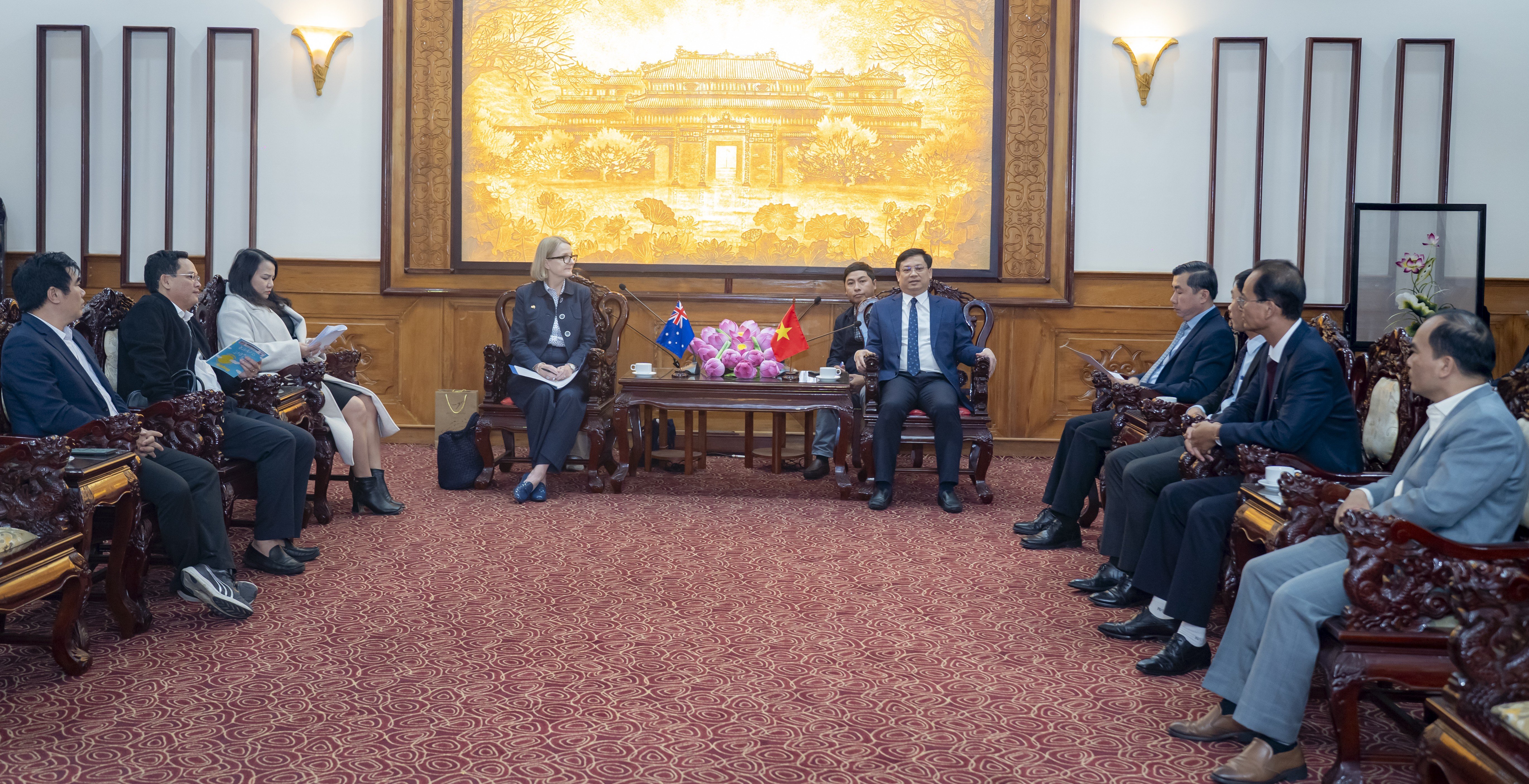






























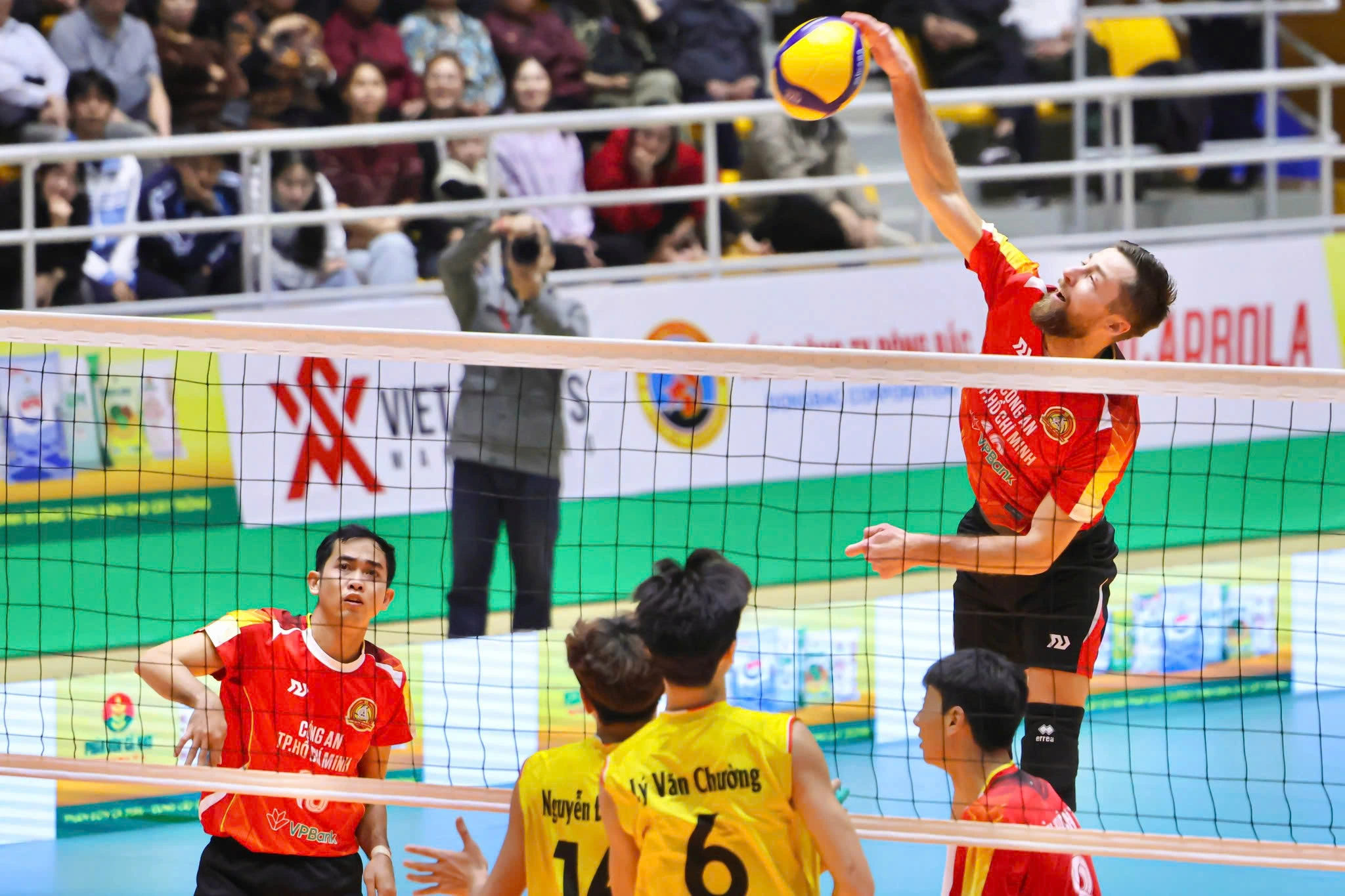


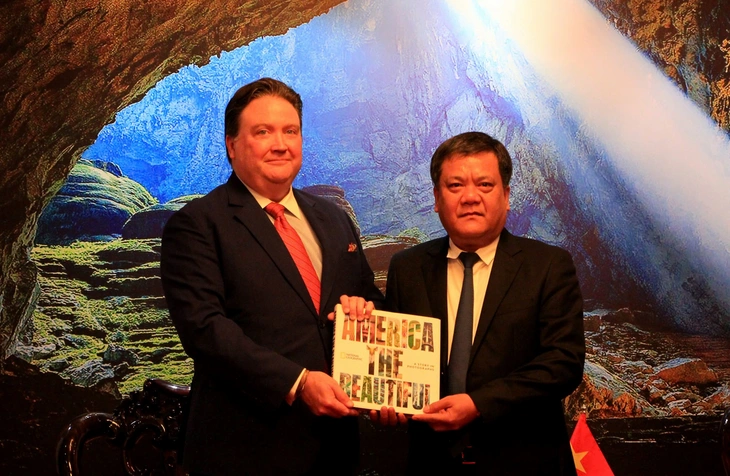



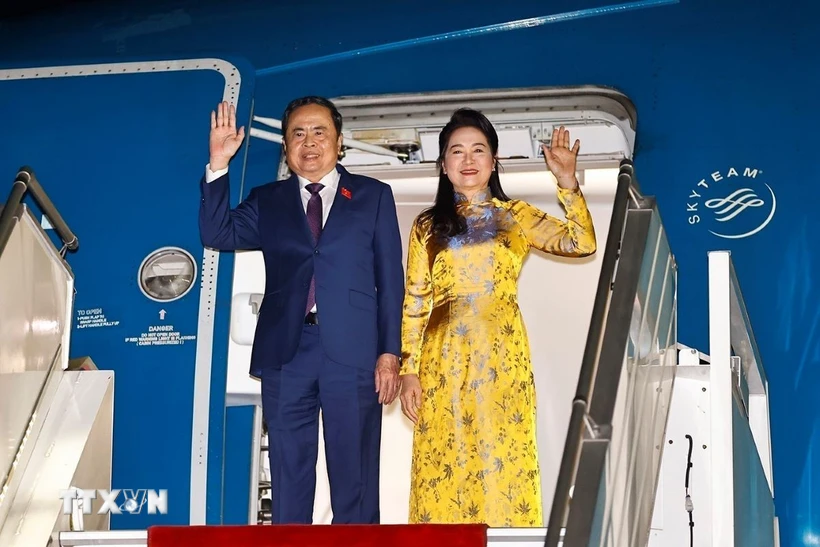

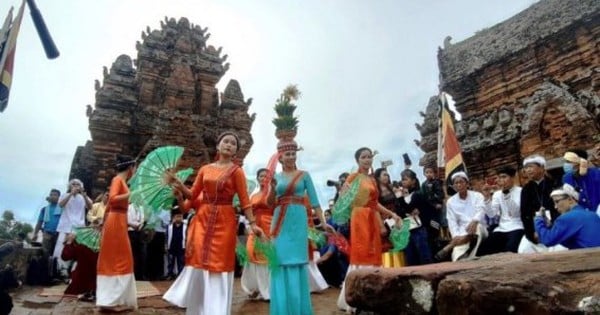



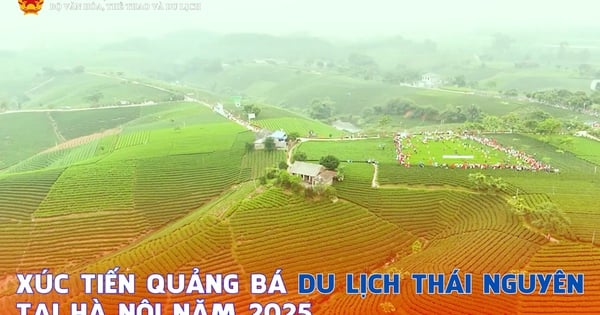
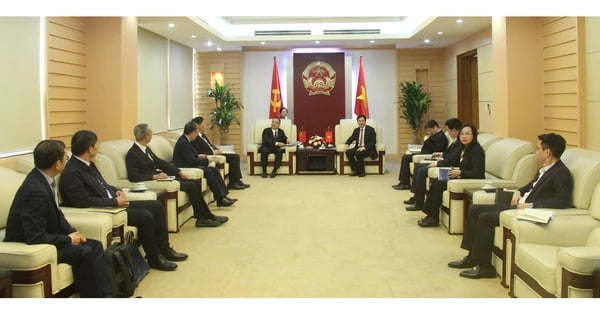
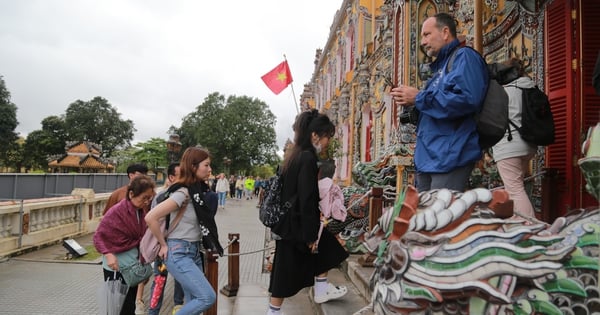

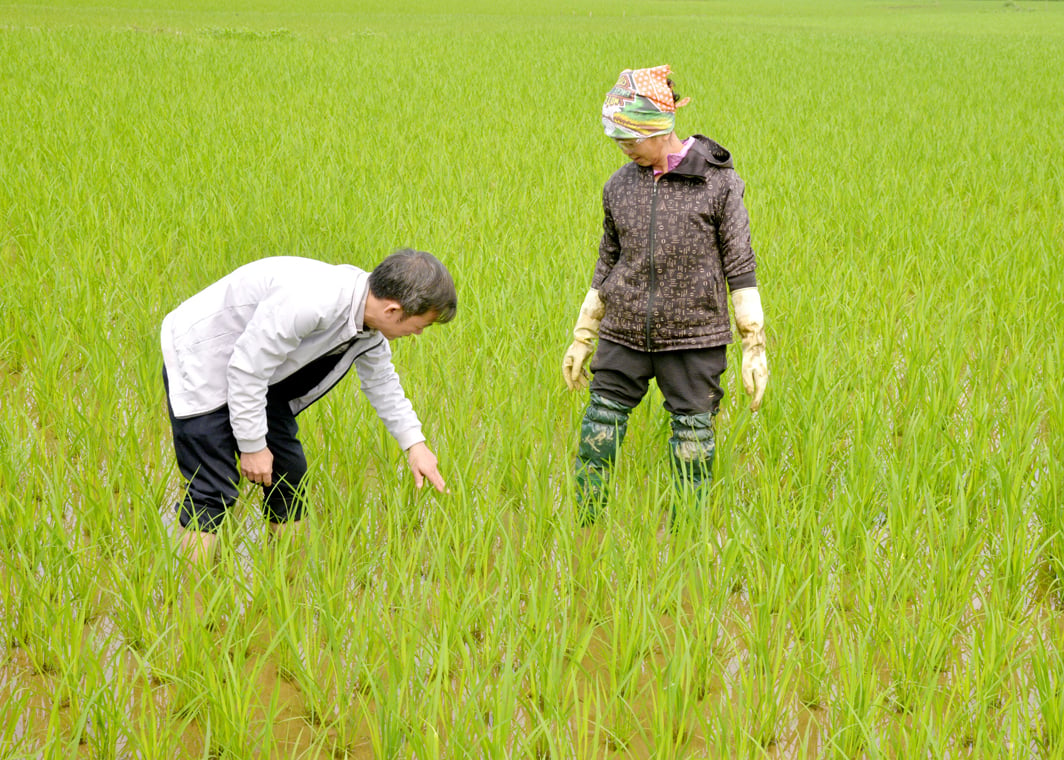

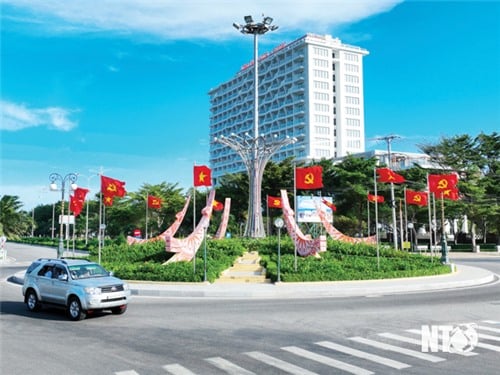

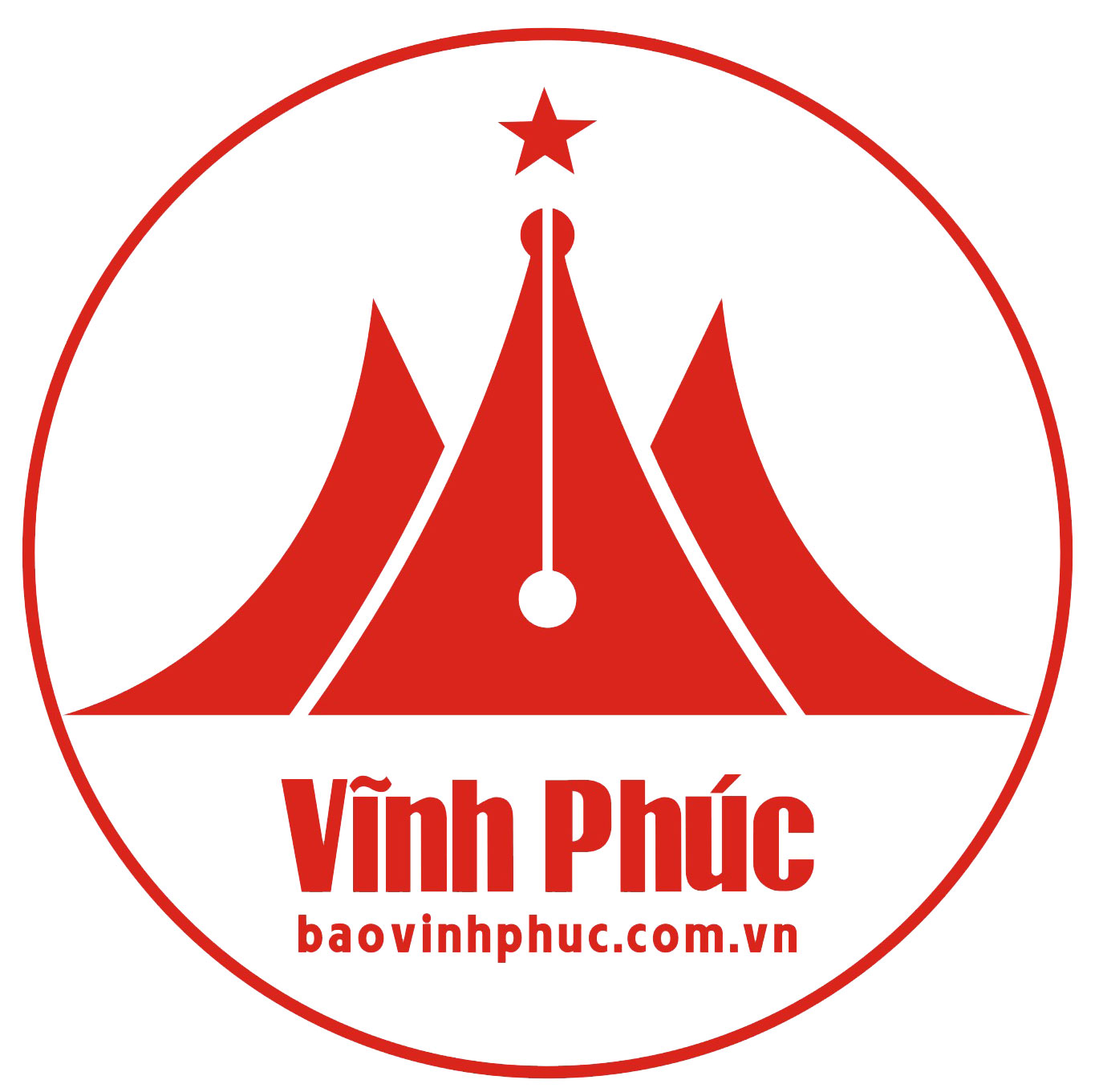











Comment (0)